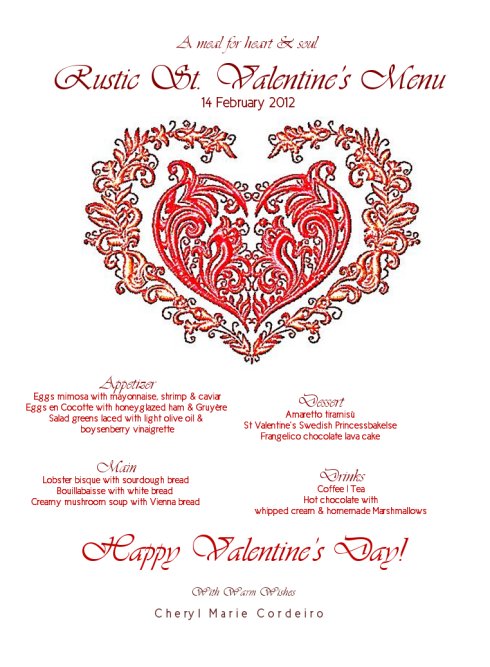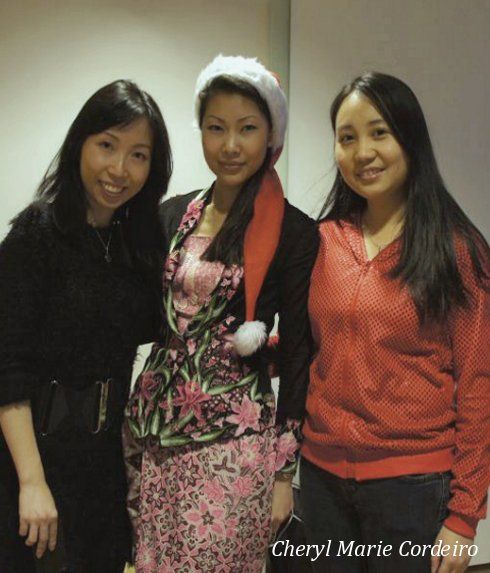Literature from the period of Restoration England and their unsentimental comedies of the heart ironically hold one of my favourite quotations of all time. The expression of ‘beating hearts’ has had for centuries, since the late 1600s with the works of John Dryden in his The works of Virgil, been associated with the excitement and rush of adrenaline that comes with the seeing of and the taking of contact with the object of one’s amorous affections. William Mountfort’s Zelmane in 1705 contained the earliest citation for “be still my beating heart”.
About two centuries later, the expression was delivered in a comic manner in the fantastic fourth collaborative work of Gilbert and Sullivan’s opera HMS Pinafore, 1878, when a lowly sailor Ralph, falls in love with the Captain’s daughter, Josephine.
Ralph:
Aye, even though Jove’s armoury were launched at the head of the audacious mortal whose lips, unhallowed by relationship, dared to breathe that precious word, yet would I breathe it once, and then perchance be silent vermore. Josephine, in one brief breath I will concentrate the hopes, the doubts, the anxious fears of six weary months. Josephine, I am a British sailor, and I love you!Jospehine:
Sir, this audacity!
(Aside.) Oh, my heart, my beating heart!
(Aloud.) This unwarrantable presumption on the part of a common sailor!
The story turns dramatic when the Captain’s daughter in her due social rank is promised by her Captain father to a Cabinet Minister, Sir Joseph.
But as with most Gilbert and Sullivan stories, where “nothing is as it seems” and “love levels all ranks”, a twist by the end of the story lends a happy ending to all.
Closely intertwined with the romancing of hearts and souls this Valentine’s Day is the idea of a warm candlelit dinner in the heart of some place cozy…
Here, in celebration of friendship and love…a St. Valentine’s menu suggestion.



